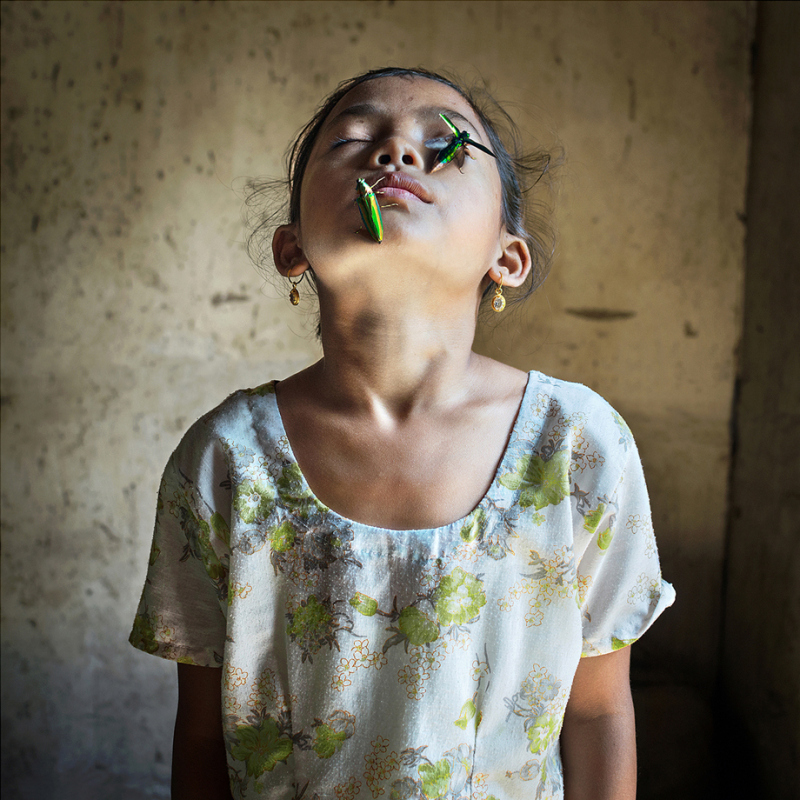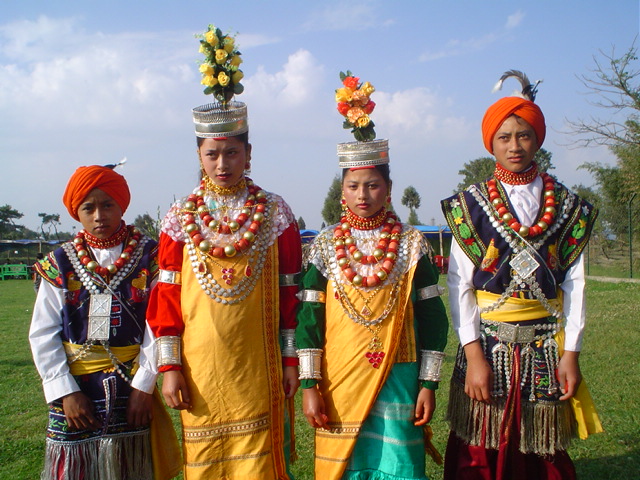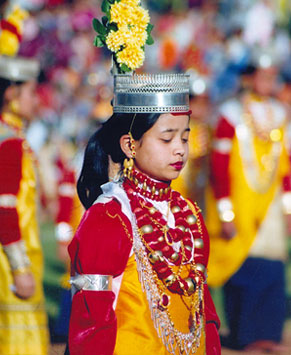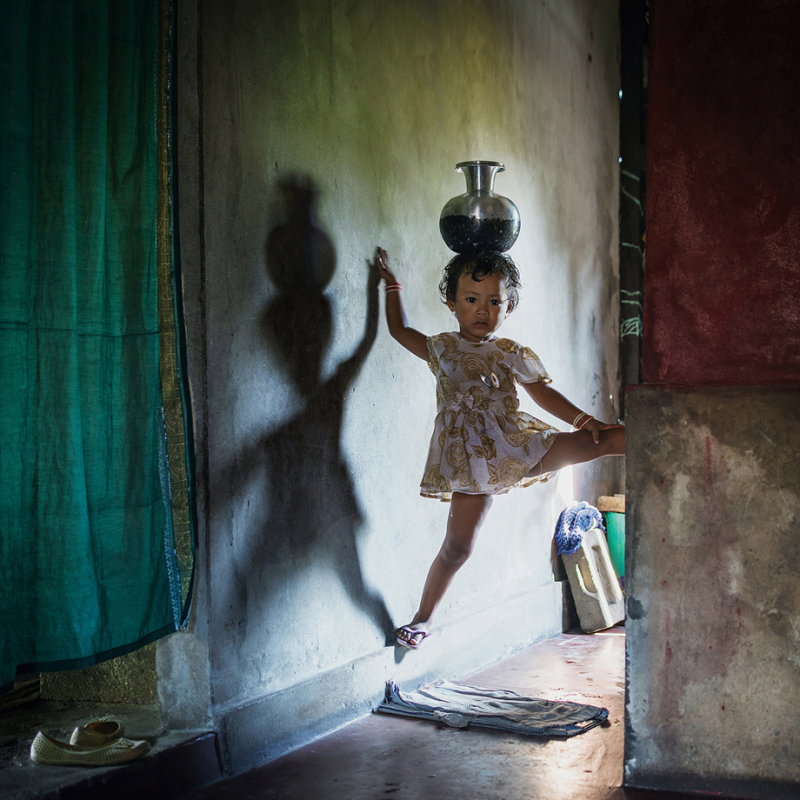A state where women’s birth is not a doom but a gift, where most of the men stay at homme to take care of their children while their wifes manage business, it is not a fiction. In the autonomous state of Meghalaya, in the North-east of India, Khasi People live in a society where woman transmit her name and her family wealth.
Those people came from Tibet. Nowadays, there are 5 millions khasi people in the States of Meghalaya, Assam or some North Indian states.In the State of Meghalaya women run households. Men bouded with them are in charge of the land cultivation and the children education while women do business with other women.
Sexual and marital customs are more free than in the rest of India because divorces, free choice of husband and spouse are common practices. Though younger daughters are the most valued because they will inherit from their family’s property. Eventually, weddings are only authorised between different clans. The husband has to move in his wife’s property.
There would be seven different clans according to the legend. Back in the origin of the clan, seven woment and seven family would have given birth to humanity. The woman ancestor is very important in Khasi rituals. For tourists, it is possible to walk in lands of menhirs. The most famous place is Nartiang. Inhabitants still go there to celebrate winter and summer solstice.
We can notice that education is more important and more efficient in the state of Meghalaya than in the rest of the country. Majority of the children have access to school education. Specific infrastructures have been built (roads and school bus) to give education even to the remote villages. In this state, the female alphabetisation rate is almost high than the male’s one (60,41% against 66,14%). Thanks to this example, we are seeing how Khasi clan is more equal between genders than the rest of the country. According to some Khasi men, the society is more unequal for men than for women. Seven years ago, some male movements emerged with satellite connection. Men of the states discovered patriarchal society with Boolywood movies.
“It is unfair than women have power and us nothing. We have nothing to do, excepted changing nappies and feeding babies. Some of my friends began to drink and to take drugs because of their frustration.”
August, 15th 2007, in the state of Meghalaya, schoolchildren from Khasi clan are singing with energy and enthusiasm the national anthem, while the prefect of the district is pulling up the national flag. This celebration of the 60th anniversary of the Indian independence in a state recently secessionist could be a perfect illustration of the national integration, in accordance with the credo: “unity in diversity”. However, this anecdote is far from the true situation of the region and the Khasi integration. North secessionist movements highlight the problem of integration of some peripheral spaces where peoples with strong ethnical and cultural differences feel dominated or disregarded by the rest of India.
To avoid worsening things, the Indian government try to ensure the balance between centralism and federalism. Secessionist movements are against political centralism and claim more independence. However, the government should not be too much lenient with those states in order to strengthen Indian Union established after the independence.


 Français
Français



